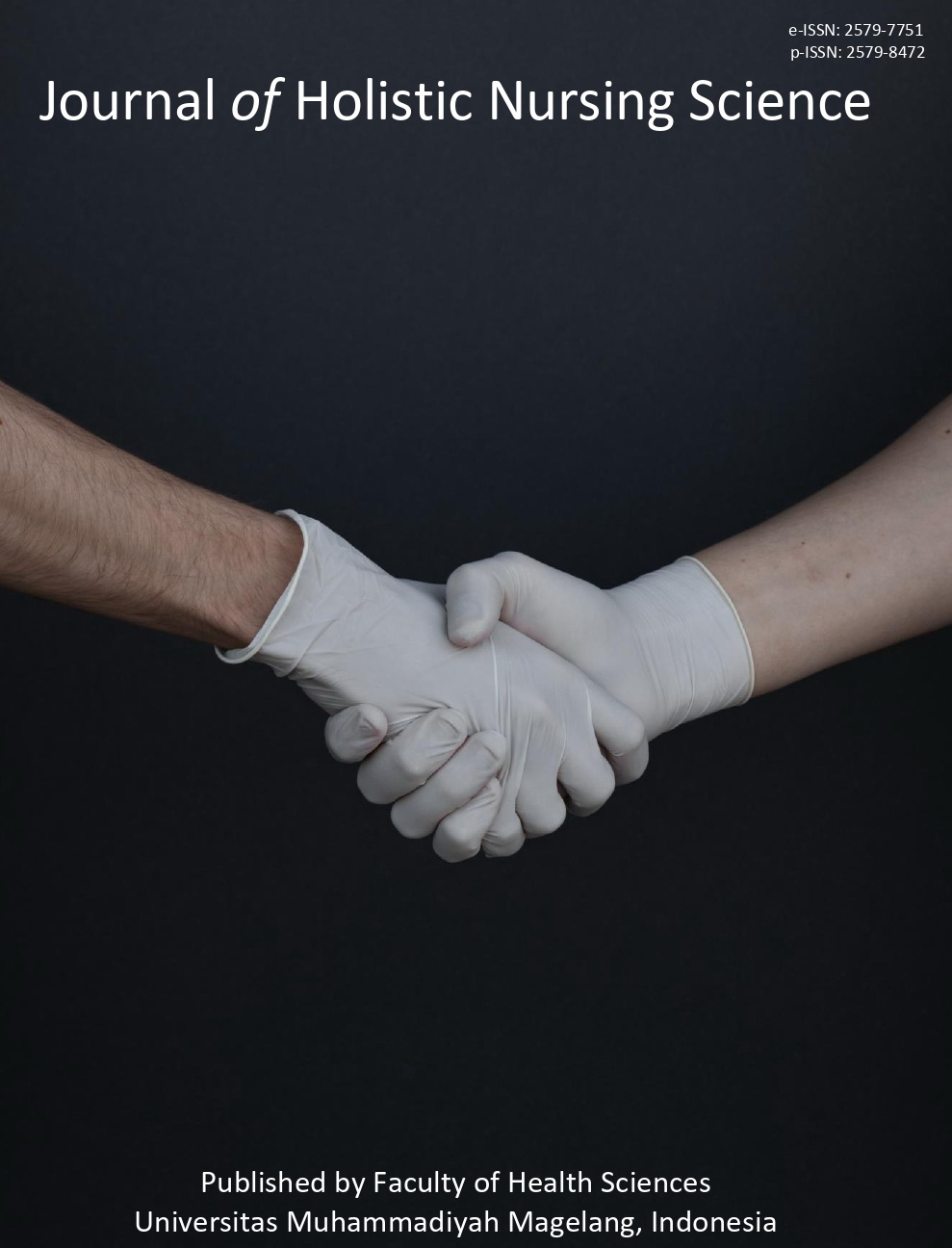EFEKTIFITAS JALAN KAKI 30 MENIT TERHADAP NILAI GULA DARAH PADA PASIEN DIABETES MELLITUS TIPE II DI DESA KARANGSARI KECAMATAN KARANGANYAR KABUPATEN PEKALONGAN
Main Article Content
Abstract
Background: Diabetes mellitus is a disease with increase in blood sugar levels. Blood sugar control can be done by exercise such as walking 30 minutes.
Objective: aimed determine the effect walking 30 minutes to blood sugar value of type II diabetes mellitus patients in the Karangsari village Karanganyar district Ppekalongan regency.
Methods: Design of this research used quasi-experimental. Samples were type II diabetes mellitus patients in the Karangsari village Karanganyar district Pekalongan regency as many as 20 peoples. The sampling technique used accidental sampling. The research instrument were standard laboratory instrument and stop watch. Analysis of the data used wilcoxon test.
Result: there were 13 people (65 %) with normal blood sugar before walking 30 minutes and 13 pepole (65 %) with abnormal blood sugar after walking 30 minute. There was not the effect walking 30 minutes to blood sugar value of type II diabetes mellitus patients in the Karangsari village Karanganyar district Pekalongan Regency with p value equal to 0.180> 0.05.
Suggestion: Nurses more improve the provision of information about the benefits of walking 30 minutes to diabetes mellitus patients to control blood sugar levels.
Downloads
Article Details
Authors who publish their articles in JHNS retain full copyright of their work. JHNS does not require authors to transfer their copyright to the journal or Universitas Muhammadiyah Magelang as the publisher. The authors grant JHNS a license for the first publication.
